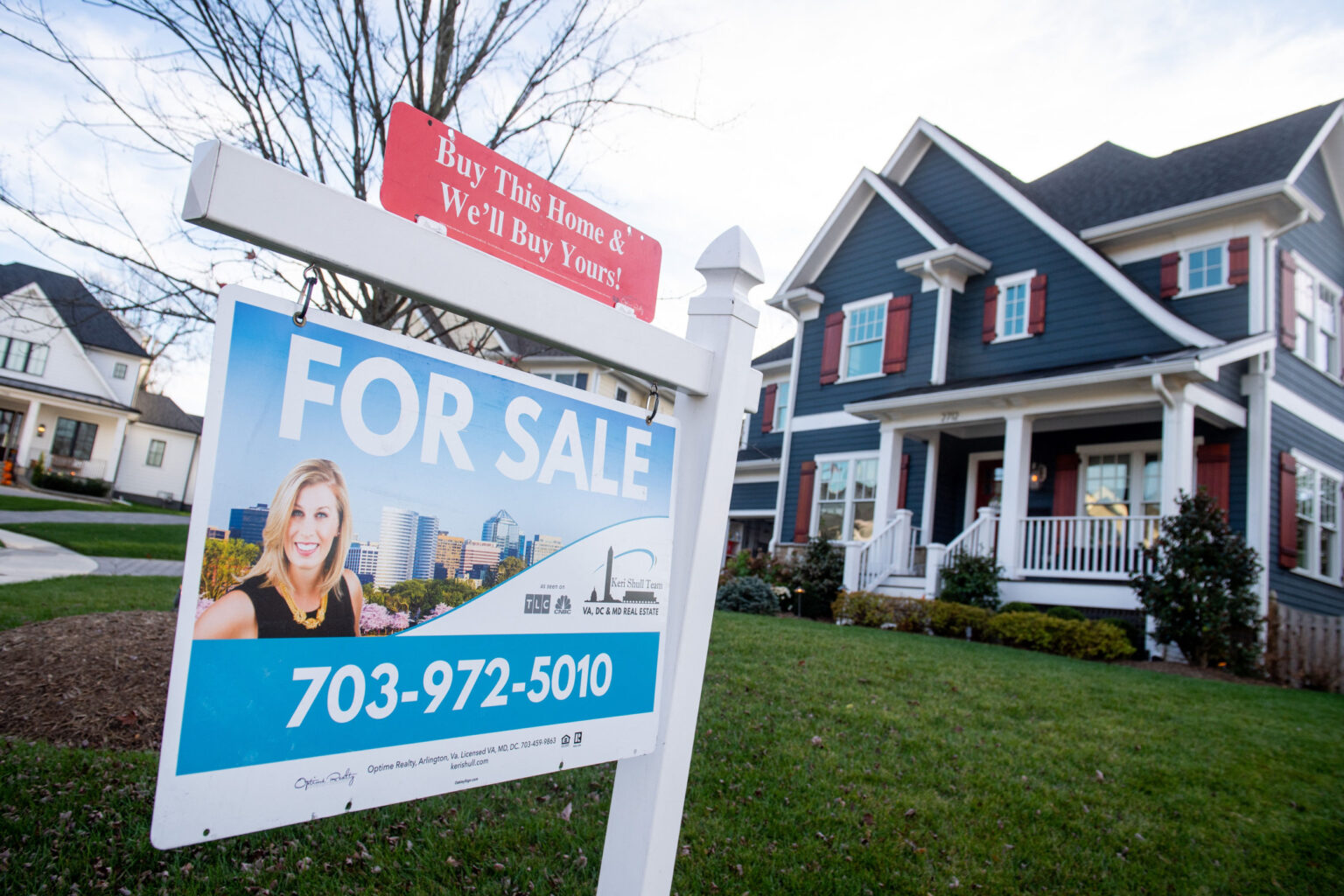New homes are becoming increasingly more affordable for homebuyers, especially in the South, according to a Realtor.com report released Thursday.
The price premium of new construction over existing homes hit a record low of 7.8 percent in the second quarter, and the new properties often provide better value on a per-square-foot basis, the report said.
Why It Matters
Buying a home has been out of reach for many Americans, especially Gen Z and millennials, as housing prices continue to surge and interest rates remain near 7 percent.
In June, the median home price across the country was $446,766, according to Redfin, marking a 1 percent increase from last year.
What To Know
Despite homeownership still being too expensive for many Americans, there’s good news for current or potential homebuyers. New-construction properties are becoming more affordable, hitting a record-low price premium over existing homes of 7.8 percent in the second quarter, according to Realtor.com
The newly built homes are more plentiful as well as more likely to offer buyers value based on the square footage, especially in the South.
New-construction listings climbed 37.3 percent since the first quarter of 2020 while existing-home listings are up just 15.4 percent. This was especially prevalent in the South, where they made up around 21 percent of all listings and had a price premium of about 5 percent, the report found.
“The South generally has a lower cost of living and lower average incomes, which translates to lower housing costs in those regions,” Kevin Thompson, the CEO of 9i Capital Group and the host of the 9innings podcast, told Newsweek. “Builders can do more with less, and that may be driving the construction boom.”
Markets with larger shares of new-construction listings are also more likely to see higher home shopper interest in new-construction listings even for those looking for homes in other markets. This indicates that once consumers start browsing new construction, they are more likely to prefer it over existing homes.
Since the United States faces a housing shortage of nearly 4 million homes, the new-construction listings are fixing a long-standing supply issue and could prompt prices to decline in the long run.
The median list price for a newly built home in the second quarter of 2025 was $450,797, staying relatively flat year-over-year, while the median price in the resale market went up 2.4 percent year over year and up 8.4 percent from the second quarter of 2022.
“Many new builds have so much financial flexibility that existing home sellers do not. Builders are able to offer aggressive pricing discounts, special interest rates, and additional cost waivers to attract buyers when sales start to decline, especially in the current housing marketplace,” Alex Beene, a financial literacy instructor for the University of Tennessee at Martin, told Newsweek.
“Compare that to existing home sellers who typically want to sell their homes at a premium due to its increased equity and the additional costs they put into the property while owning it. For many new buyers, it just makes so much more sense to take a new build offer right now.”
What People Are Saying
Kevin Thompson, the CEO of 9i Capital Group and the host of the 9innings podcast, told Newsweek: “Many folks would still argue homes are unaffordable. And they’re not wrong. But what’s changing is the inventory. More new homes are being built, and more existing homes are finally hitting the market. That’s easing some of the pressure, but the main reasoning is increased supply.”
Realtor.com senior economist Jake Krimmel told Newsweek: “There are more homes chasing fewer buyers, so part of the reason why new construction is becoming more affordable is that builders are taking a haircut to compete with other new builds as well as the market for existing homes.”
What Happens Next
As new construction begins to slow nationally and in key markets, it’s unclear how long the more affordable new property trend will last, Krimmel said.
“But for now, new-home sellers are competing on price and buyers stand to gain,” Krimmel said.
Read the full article here


